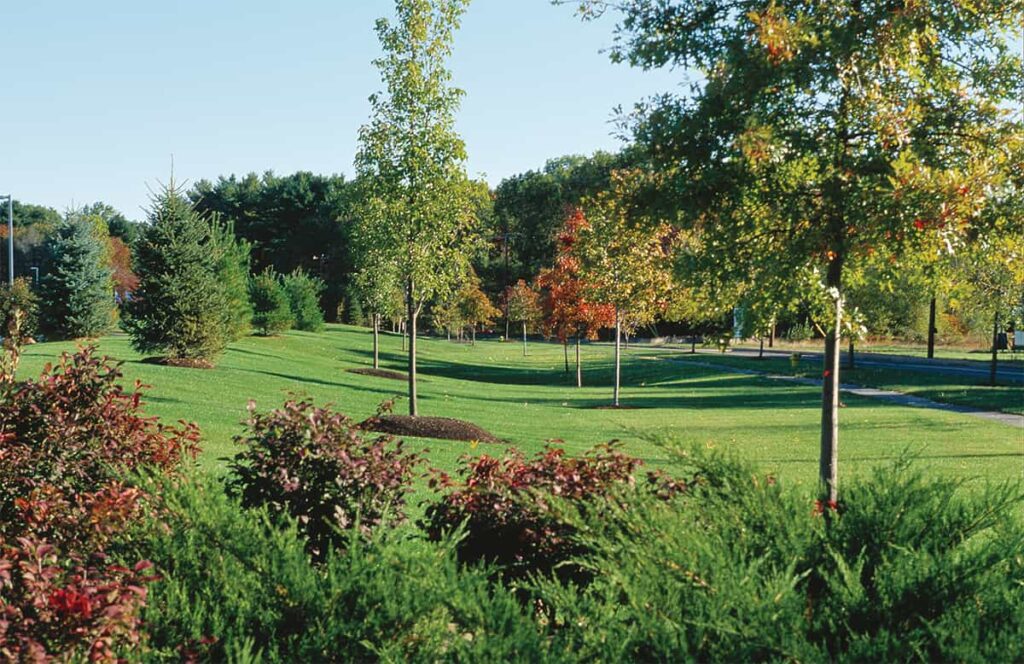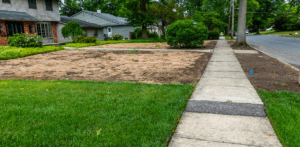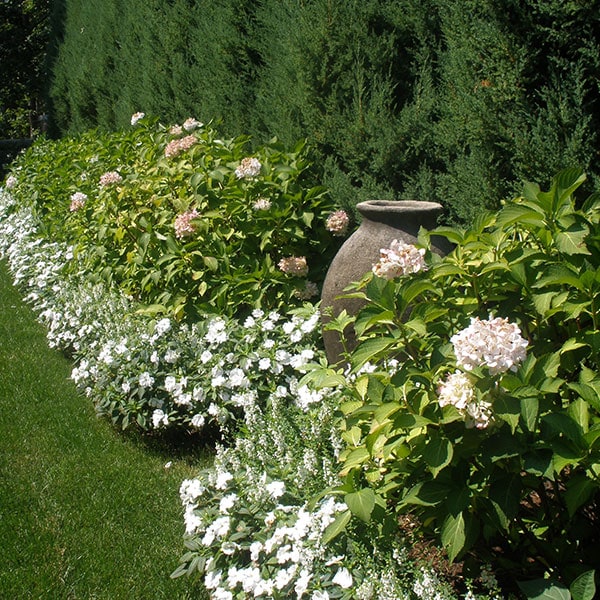How to take proper care and apply preventative treatment to the trees on your property. After a long winter, we all celebrate the much awaited spring thaw and the relief that it brings. And, while late winter and early spring are generally a time of rebirth, for some evergreens, this time of year can be deadly.
According to Bill Cullina, Propagator at The New England Wild Flower Society, evergreens, and especially “broad-leaved” evergreens such as rhododendrons, mountain laurel, hollies, and some magnolias and viburnums may be showing damage after a tough winter. Snow loading can damage plants when heavy snow sits on them or you may see winter burn which can occur from dry, sunny, wind driven air.
“If damage has occurred, resist the urge to prune off the dead branches right away, as they may re-sprout either from the tips or a bit lower down on the stem,” advises Cullina. “By late May, it will be obvious that certain branches or the whole plant are not coming back, and you can prune down to just above the live growth at this time. Fertilize the injured individuals lightly, and try to keep them watered during summer droughts.”
Winter burn is not inevitable after a cold, snowy winter. If your trees and bushes are showing distress this spring, consider preventative measures next fall by protecting them with burlap or anti-desiccants, and this debilitating affliction can be prevented entirely. You can wrap or drape existing plants with burlap in December and remove it once the ground has thawed in late March. Whenever the relative humidity falls below 100%, leaves lose water. Most plants can control this somewhat by closing off the small pores (stomata) that permit gas exchange in and out of the leaf. Rhododendrons and their relatives, however, have no way to close these pores, and this is the reason they are particularly hard hit during some winters.
As the days grow longer, the sun gets strong enough during midday to give you sunburn even as early as late February, and as it shines on leaves it heats them up just as it does your skin. Also the air is typically very dry this time of year, so water can quickly evaporate out of stomata into the parched atmosphere. Normally, a tree or shrub will draw water from the earth to replace what is being lost through leaves, but if the ground is frozen, replenishment is impossible. With no water coming from the roots, the leaves and even twigs and larger branches simply dry up. Often desiccation injury that happens in February doesn’t appear until later, when temperatures warm and the dead stems completely brown. One sure sign of winter burn is damage that is limited to those areas above the snow line. Snow may cause problems for leaves higher up, but it shields the lowest ones quite effectively. Newly planted shrubs with under-developed root systems are particularly susceptible.
Needled evergreens, including yews, pines, white cedar, and hemlock may exhibit signs of winter burn also, but the damage is more subtle. Needles that are winter-burned typically die back partway from the tip, and only in severe cases will the entire needle brown and fall.
Salt injury is often confused with winter burn, but it occurs either very near salt water or along roads and highways where road salt gets sprayed onto the foliage by passing vehicles. The best way to tell salt damage from winter burn is by the location — if its effecting trees and shrubs near a busy road, chances are it is the former.
The best way to protect your evergreens, and especially the broad-leaf evergreens, from desiccation injury is to plant them in a spot that is shaded
from the noonday sun during winter, so keep this in mind if you’re adding new plantings to your landscape this spring.






